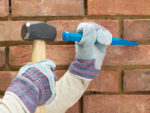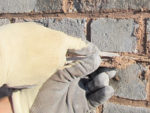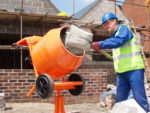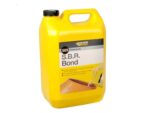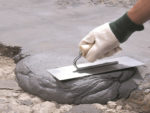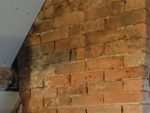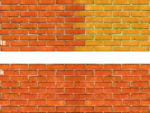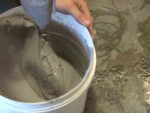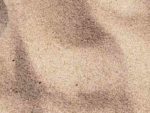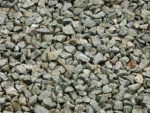The word mortar comes from the Latin mortarium which was a basin in which the Romans mixed lime with sand and water. The mixture itself became known as mortar.
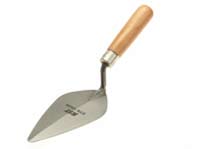
Using a pointing trowel to smarten up your brickwork by repointing is a good weekend job
Today we do not use so much lime in our mortar mixes as cement has been introduced. Cement causes a chemical reaction with moisture which allows the mortar mix to go harder more quickly which suits the speed at which we put up building and walls today. The downside of this is that the quicker something dries out, the more brittle it becomes. Cement is also impervious to water to a degree. This is a good thing as it should stop damp penetrating the walls of your house, or the surfaces of your paths etc. However, as cement dries out so quickly it sometimes cracks the mortar it is in and this allows water ingress. When water gets into a crack it soon spreads round a wall or floor but because the rest of the cement is not cracked, it cannot get out again through natural evaporation.
Lime however, allows surface to breathe as it dries out very slowly and remains very flexible.
In the following pages we will show you how to lay bricks, how to point and repoing brickwork and blockwork and how o match the colour of your mortar by varying the quantity of sand used, with the cement and sometimes with a cement dye which is easily added. We also show you the correct amounts of each material to use when mixing mortar for each job you are likely to do. There is a different mix required when you are pointing a chimney stack to the one used when you are building foundation walls.

